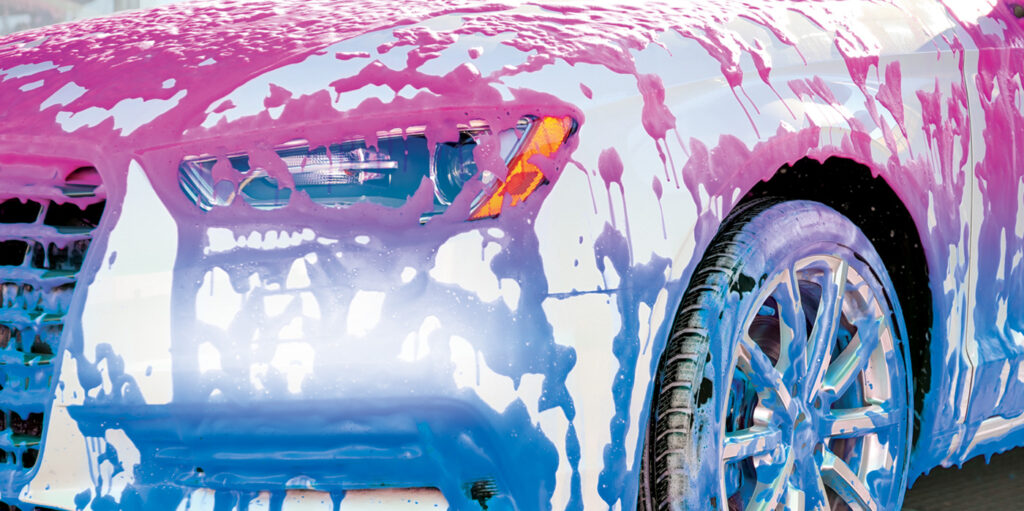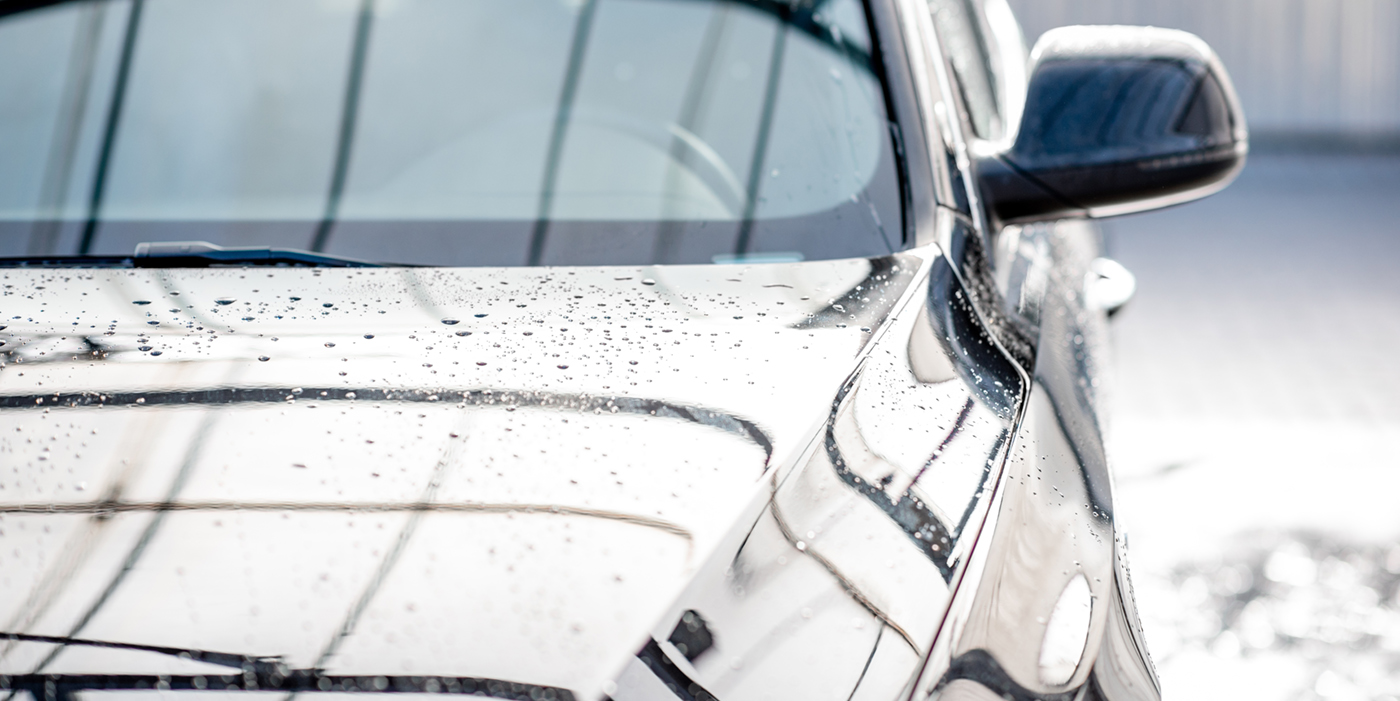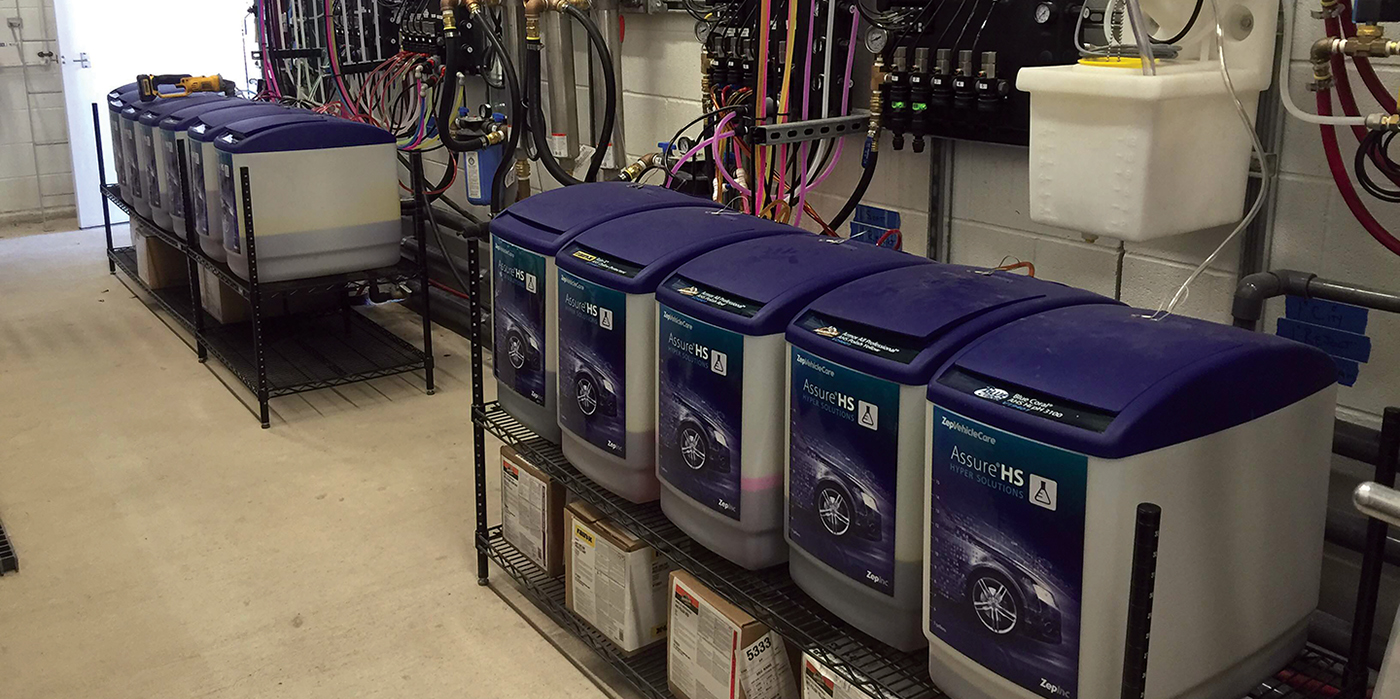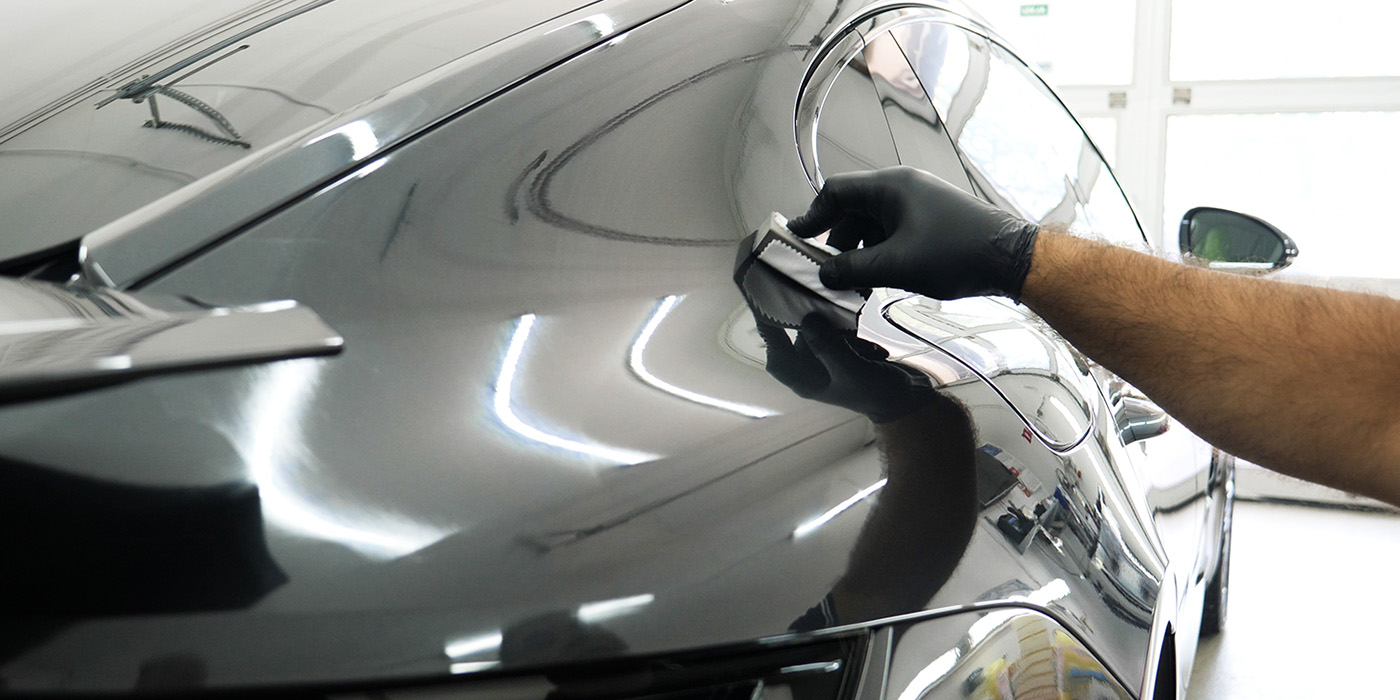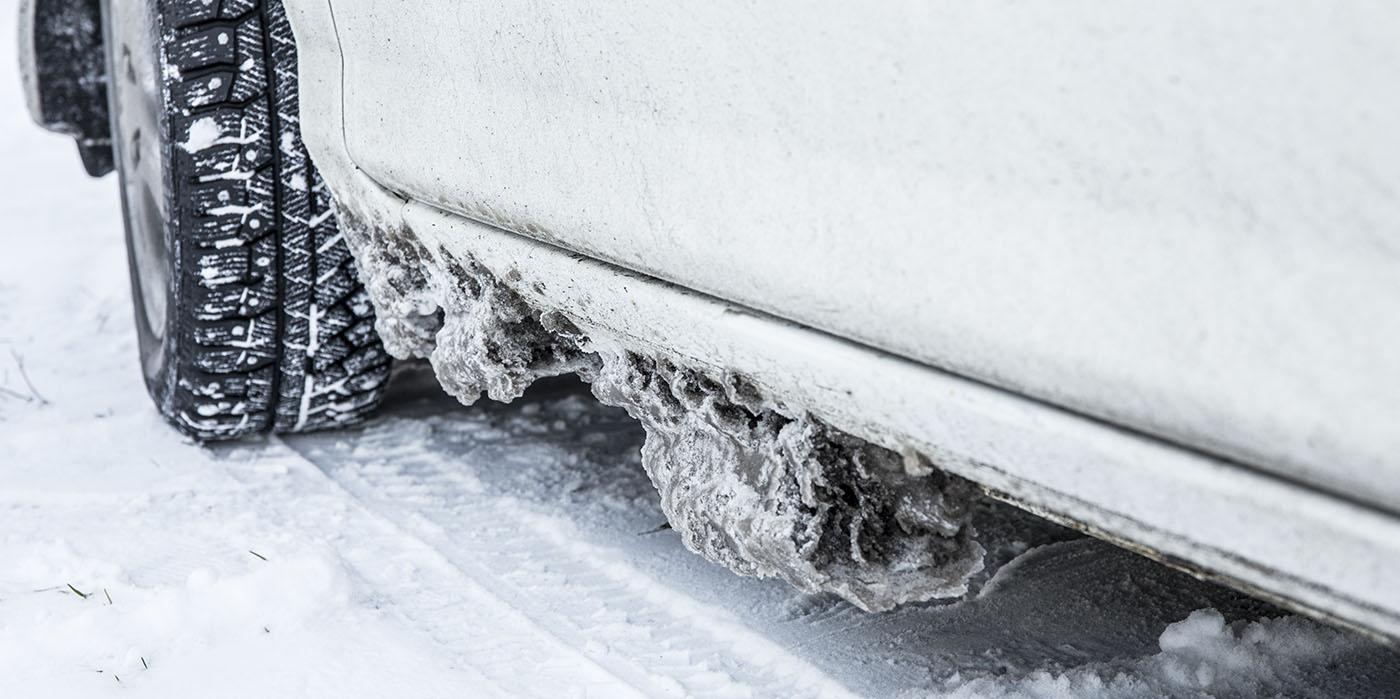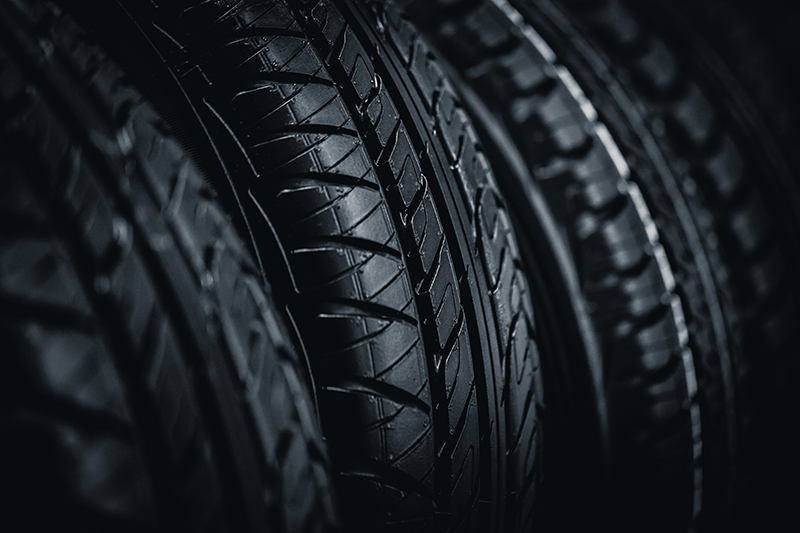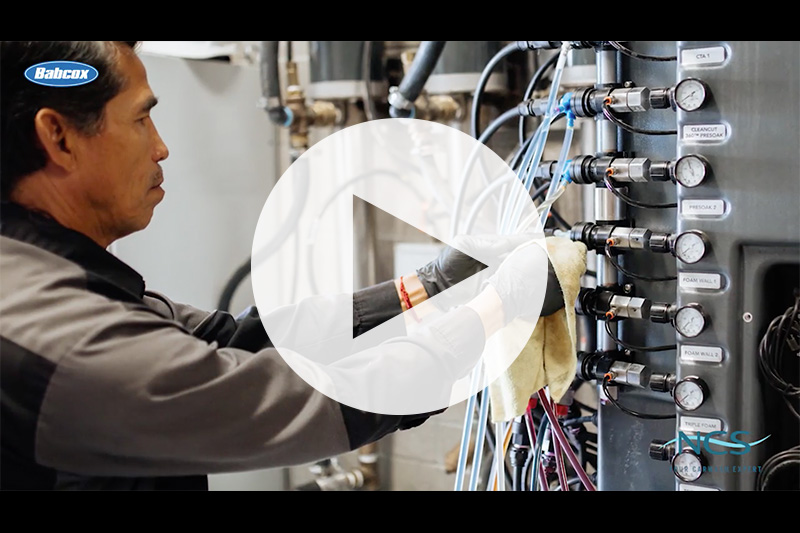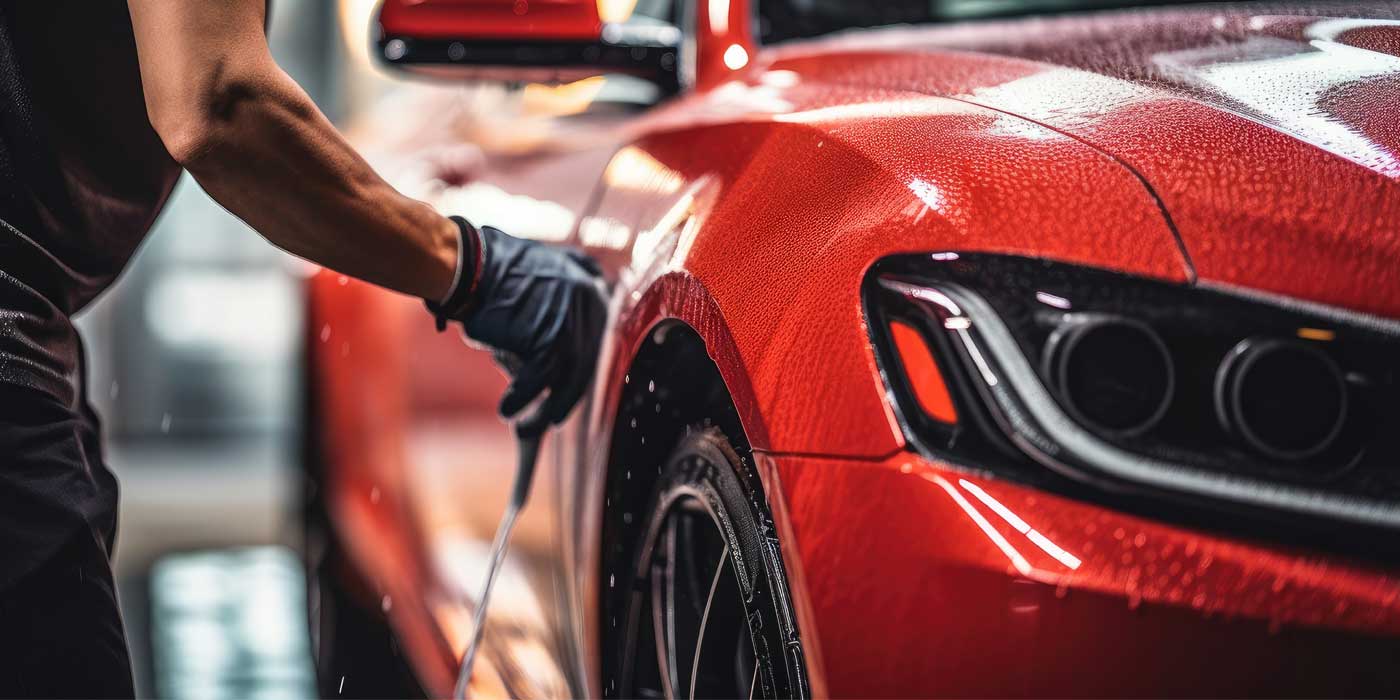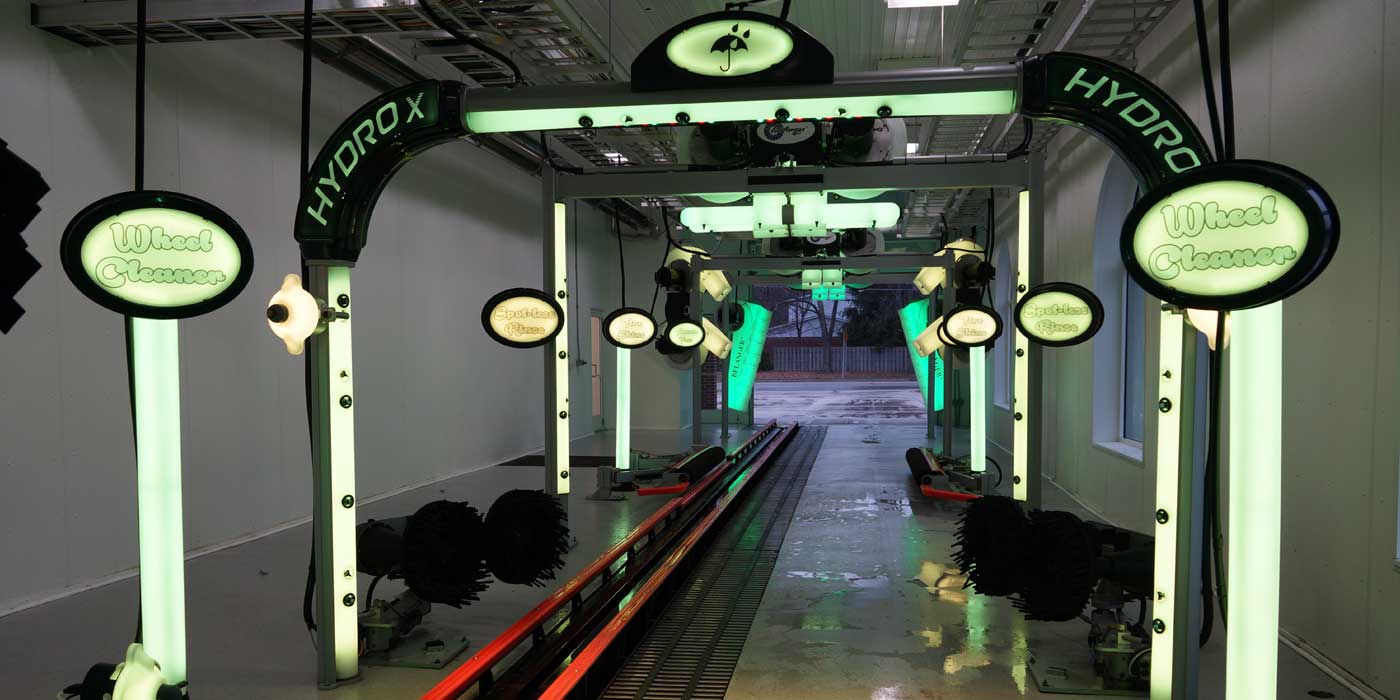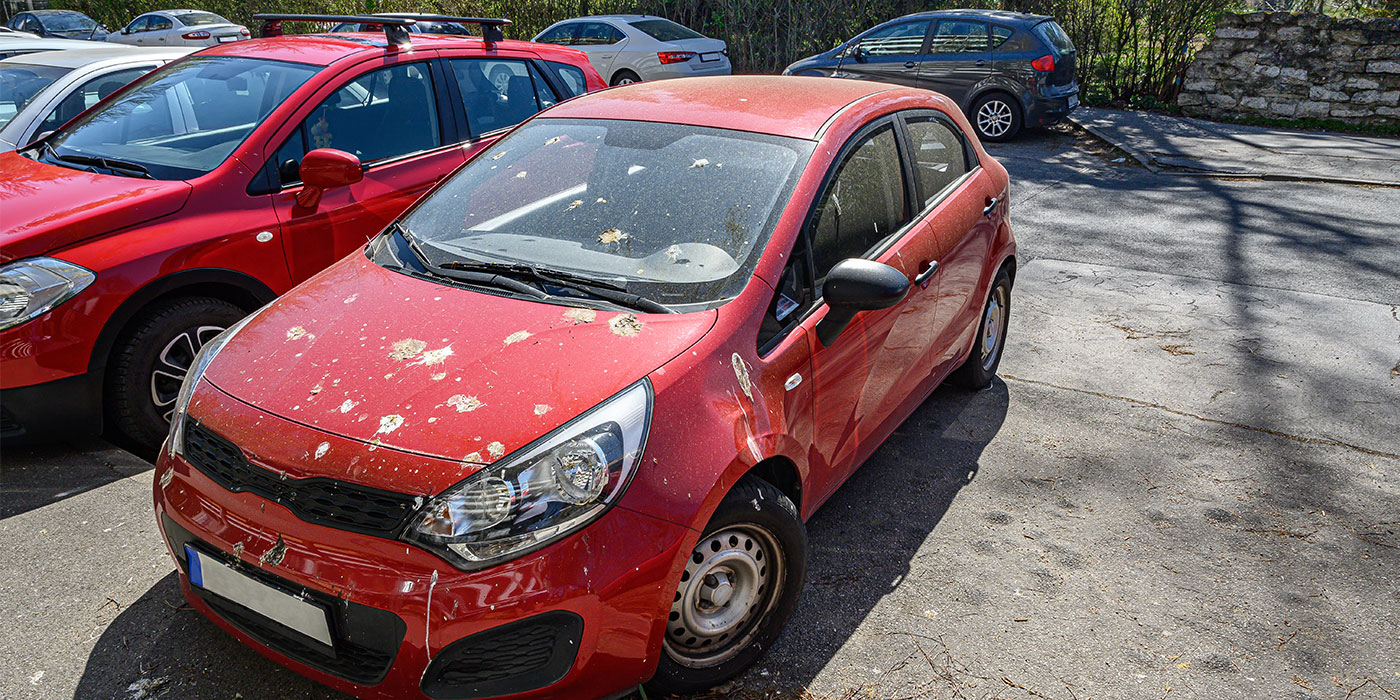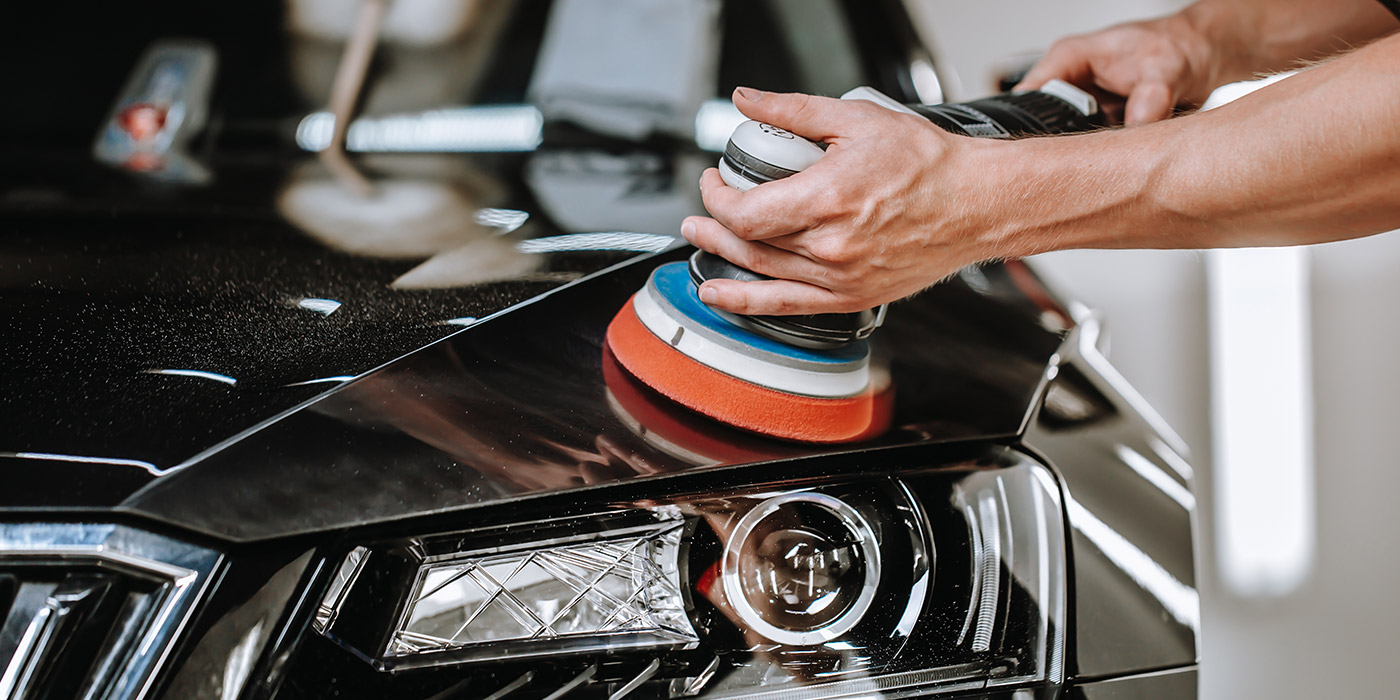With the rapid speed of technology upgrades and the ever-evolving nature of wash sciences, keeping up with the complicated world of carwashing can be a challenge for customers, employees and operators alike. Long gone are the days of anything resembling a “set it and forget it” wash location. Today, it seems there are always new steps for an owner to learn when it comes to running a fully-automated, modern car care operation.
No time to read this article? Listen to it instead!
The need for carwash owners to reinvest, educate and investigate proves especially true when discussing the intricate details of chemical titration and application. The hows and whys of carwash chemistry can be difficult for even the most experienced operators to understand. But for those who make the effort, critical calculations and small adjustments can pay off in big ways via efficiencies and profitability.
Following proper maintenance and monitoring procedures has proven to be a good first step regarding wash chemistry. Washes with chemical pH readings outside of industry norms can see the mistake affect cleaning, rinsing and overall cost. Savvy operators guarantee their clients optimal results at minimal cost by checking and rechecking pH levels in every phase of a tunnel’s cycle. Learn more about tracking and adjusting chemical performance, and find out how manufacturers stand ready to assist carwash owners with this important task.
Some pH figures
Unfortunately for many people in the car care industry, chemical pH is a widely misunderstood component of the vehicle washing process, according to Dan Kramer, technical director of Stone Soap Co. Inc. Simply put, the pH level is the measurement of the chemical “heat” that a solution has. Operators should remember that pH does not measure concentration nor is it a measure of cleaning ability. The levels do inform carwash owners and managers as to the alkalinity — pH above neutral or seven — or acidity — pH below seven — of the solution.
“A neutral or slightly acidic pH on the vehicle surface creates the best possible situation for the drying agent/rinse aid to work quickly and cause water to bead and run off of the vehicle,” Kramer says. “Correcting the cause of alkaline carryover can solve the issue, resulting in drier cars with no increase in chemical costs.”
Scott Ware, chief chemist with Warsaw Chemical, states that proper chemical proportioning is critical for carwash cleaning and performance. Speaking in general terms, high-pH detergents are good at removing soil from the painted surfaces of a vehicle. Low-pH (acidic) products tend to work better when cleaning glass, chrome and other exposed metals. Operators should remember that, in order to clean effectively, it is important to use the right chemical tool for each application.
Excess alkalinity, where the pH is too high, tends to “stick” chemistry to the painted surfaces of a vehicle. This situation can lead to difficulty rinsing, Ware continues. The stickiness negatively impacts the performance of drying agents or clear-coat applications. In the worst-case scenario, a high pH level can leave a chalky residue or streaking on the vehicle after it leaves the wash.
Addressing problems
With vehicle damage as a possible issue on one end of the pH scale and streaking as likely on the other end, it’s easy to see why adjusting these levels has proven so important. Knowing the issues that fluctuating levels can produce is important, but learning how these pH problems begin and finding out how to address problems is a good second step. Fortunately, operators can study previous situations at other washes and ask carwash chemistry experts for advice.
The first problem at many wash locations is applying too much of a product, whether it’s alkaline or acidic, Ware explains. Using excess chemistry is a costly mistake. After all, why waste money applying too much product on vehicle after vehicle just to see that cost simply wash down the drain?
As stated previously, excess alkaline pH levels may cause sticking on painted surfaces, and it makes chemistry difficult to rinse. This will result in poor drying agent performance and may leave a chalky, streaky film. On the other hand, excess acidity could potentially damage customers’ vehicles, Ware notes.
Another consideration with acidic pH levels can be damage to a wash location and its facilities. The acidic nature of the wash process in this example will create additional wear on equipment and even on concrete floors, Ware reveals.
Water discharge quality can be another concern. After a wash cycle, if the wastewater discharge needs to be treated or regulated — either because of a water-reclamation system or due to legal restrictions on wastewater effluent — there can be problems, Ware states. It may be difficult for a location to control the pH of the waste effluent when there are swings in chemical use.
When discussing chemical pH, chemistry should be utilized at the calculated and correct levels. Evening out the levels is something of a balancing act. Kramer notes that, when acidic solutions come into contact with alkaline solutions, the pairing begins to neutralize each type. This process will greatly reduce both solutions’ individual cleaning power.
Kramer states that carwash detergents are designed to work at certain pH levels and are formulated by the manufacturer to achieve those levels in use dilutions. If an alkaline detergent is applied to a surface coated with a strongly acidic detergent, a sufficient amount of the alkaline detergent solution must be present to allow enough of it to remain after any neutralization.
“Our experience is that the rinsing and drying phase is most affected by the presence of the incorrect pH,” Kramer says. “Alkaline — high pH — carryover from the earlier wash processes can cause the rinse aid to work slowly or not at all, making drying very difficult. Many operators respond to this issue by increasing the level of rinse aid applied to the vehicle in a vain attempt to create beading.”
Best chemical practices
With the many changes in vehicle clear-coat technologies, maintaining and monitoring the chemistry in modern wash tunnels has become supremely important. As the types of paint and paint protection coatings have developed, the carwash industry has updated its products to help guarantee positive outcomes. First, washes with balanced chemistry will not damage softer coatings but will ensure maximum shine and durability. Second, the overall pH levels will be maintained so that every wash and rinse phase operates at maximum efficiency. Covering a subject as intricate as chemistry and wash pH levels, there are certain steps any location should follow to make sure customer expectations are met in every situation.
Asked for best chemistry and pH level best practices, Ware recommends that operators and managers read and follow all of the manufacturer’s recommended dilution ratios. Simply “adding more soap” is not always the best approach when there are cleaning issues in a tunnel or bay. Excess detergent can oftentimes lead to additional problems.
“While there is some art to finding the right dilution for each product at each individual wash location, it is usually not appropriate to stray outside the recommended dilution guidelines,” Ware explains.
Kramer reminds operators that, rather than consistent pH levels, a carwash best practice should instead be to maintain correct pH levels in the various wash processes as directed by the detergent supplier. This goal is accomplished by applying the various wash products at their recommended ratios. Also, owners should ensure that any clear water rinse operation in the wash is working at its recommended volume.
Opportunities to learn
One advantage that the growing carwash market provides today’s operators is a list of established industry norms that should benefit individual locations. Learning more about the steps recommended by the companies and scientists that create the products should always be top-of-mind for an operator looking to drive tunnel and bay wash results. Asking for help and instituting the steps compiled by the chemical manufacturers can give washes an operational advantage over other nearby locations.
Overall, Ware encourages carwash operators to lean on chemical suppliers and industry associations for continued educational opportunities. Both International Carwash Association (ICA) as well as regional carwash associations have tons of educational resources available. These groups offer many types of training and provide numerous opportunities to network with other individuals in the carwash industry.
“Feel free to reach out to your chemical manufacturer if your cleaning performance isn’t where it needs to be,” Ware says. “Oftentimes, a solution can be found by a short phone conversation or site visit.”
In addition, product education is critical. Sales literature, safety data sheets and product labels should provide all of the information necessary for an operator to understand in order to make optimal decisions for each wash design, Ware states. A product specifically designed for touchless cleaning may not be the best product for a tunnel, for example.
Comparing today’s chemistry to older products shows a definite trend of advancement. In the “old days,” carwash detergents were formulated with aggressive, inexpensive acids or bases, Ware concludes.
Modern formulations lean more on high-quality, milder ingredients that provide better cleaning performance. Not only are these options are easier to handle, but they have less impact on the environment.
Phil Ashland is a freelance contributor.

